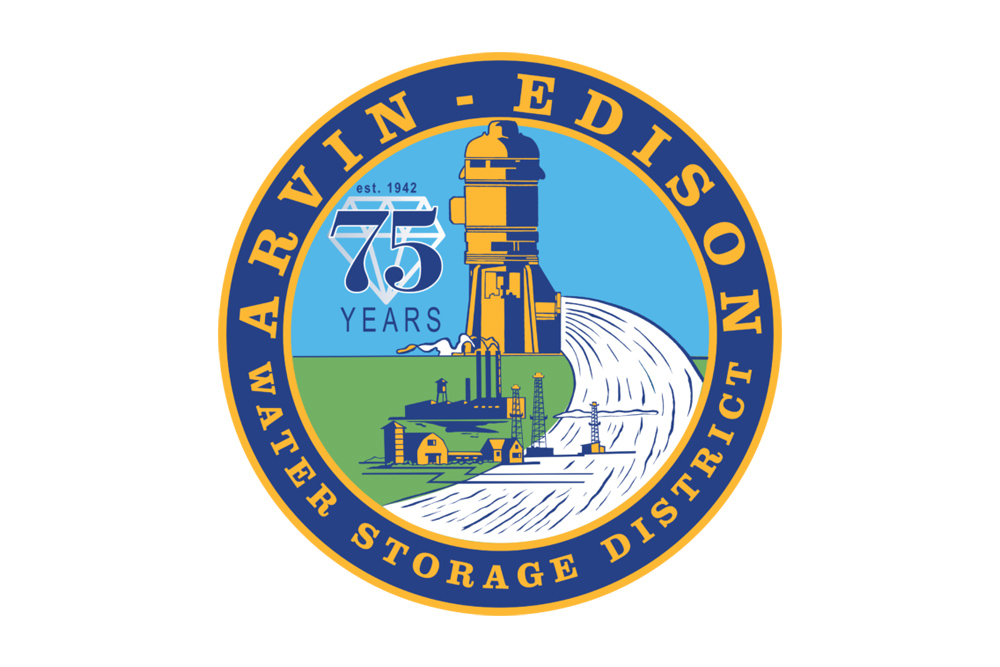[et_pb_section admin_label=”section”]
[et_pb_row admin_label=”row”]
[et_pb_column type=”4_4″][et_pb_text admin_label=”Text”] The Consolidated Irrigation District’s board of directors met at its Selma headquarters on Wednesday, May 8, 2019. CID Chairman Earl Hudson called the meeting to order at 1:00pm. The room was packed, spill over. There were actually three meetings; the Central Kings Groundwater Sustainability Agency, the CID special board of equalization and the regular Consolidated ID.
The Consolidated Irrigation District’s board of directors met at its Selma headquarters on Wednesday, May 8, 2019. CID Chairman Earl Hudson called the meeting to order at 1:00pm. The room was packed, spill over. There were actually three meetings; the Central Kings Groundwater Sustainability Agency, the CID special board of equalization and the regular Consolidated ID.
Provost & Pritchard’s Brian Ehlers presented to the board the draft of the CKGSA Groundwater Sustainability Plan. Due to the record setting, at least in my experience, attendance there were many a half dozen of us who didn’t have seats with views to the screen. CKGSA is in the Kings River Sub Basin. There are seven GSAs in the sub basin and each one opted to develop its own GSP and then tie them together. I’ll give you the I can of Ehlers presentation. The South Kings GSA is made up of five cities within CID’s service area. SKGSA doesn’t bring in surface water. that puts folks in competition with the cities over-drafting the most. There are enough supplies to more than make up for that if recharge is increased.
Ehlers said there is flexibility built into the GSP for changes in cropping patterns and the obligatory climate change component. CKGSA has more almonds coming in and that will increase the demand. Currently CKGSA estimates it will need to recharge an average of about 20,000 a/f annually to meet its sustainability goals by 2040, provide there is no more growth. That’s not likely nor desirable. CID can recharge the 20,000 a/f on 500 acres but to be safe the number of 2,000 acres of recharge will be best.
Unsurprisingly the groundwater levels are closest to the surface nearest the mouth of the Kings River in the northeast portion of the GSA. The water levels get deeper the further west you go. Next Ehlers went over the seven deadly SGMA sins; subsidence, taking water from streams, sea water intrusion and such. These are known as the undesirable results and the GSA gets to decide what these are; how deep can the water table fall before it has to stop? How much if any subsidence is allowable? All of these levels have to be determined and established and monitored for compliance.
The Kings River is hydrologically connected to the aquifer and that can have some impact on habitat. Subsidence in the CKGSA isn’t too bad especially in relation to other areas. There are small community systems throughout the area and many of them have good data records and be suitable for further monitoring. Monitoring water is a big deal in this Valley. Both for quantity and quality. CID General Manager Phil Desatoff said to be sure CKGSA isn’t going into the water quality business. More like the water level business I’d say.
Ehlers showed how the monitoring wells will be used to set thresholds. There was a set if slides showing the hydrography of the area on an annual basis taking precipitation into account. These maps showed the best and worst cases in the GSA; where recharge is most impactful. Since the gradient of underground flows is north east to south west it may well be better to recharge in the northeast instead of moving surface water to the problem areas. 
Once data is coming in setting thresholds and objectives is the big deal of a GSP. How to pay for it also a big deal. There are grants and such available but it looks like the growers and landowners will take the wallet skinning. That’s not exclusive to CKGSA by the way. There are plans drawn up to maximize the existing CID infrastructure and new recharge planned. Desatoff said the plan calls for more recharge capacity than needed to give the GSA breathing room. The board were all given copies of the draft to look over and come back for the June meeting. Ehlers said the CID area is unique and has some of the best percolation in entire Valley. Desatoff said CKGSA isn’t talking about fallowing and retiring ground unlike most of the other GSAs in the Valley. Desatoff pointed out this GSA is also a great option for Friant CVP contractors to park some water. That meeting adjourned at 2:30pm.
Next was the CID board of equalization meeting. Desatoff said a rate increase was approved at the 218 election. However, the timeline is unusual but this has to be wrapped up now due to some Fresno County deadlines. There were half a dozen rate categories and the plan is to set the rate increase at the highest and then the district can bring them down but it won’t have to keep resetting it higher. The board approved. There was a handout on what the rates will be but again this was a standing room only meeting and there weren’t enough copies to go around. The board is sensitive to not set the prices higher than pumping. There is a class of water called “rent” water I believe. That water
The CID board then opened at 2:40 pm and under public comment Robert Nielson of Pearson Realty. The same Nielson who sat on the CID board. He gave the board a folder with a proposal to help the district in its search for more recharge property. He said the idea is to find the worst land and talk the owners into selling. That’s not a common skill evidently. The board got pretty excited about the idea but Ehlers reminded everyone you better pay attention about capacity.
There was another gentleman who spoke from a construction company who has a project in Kingsburg. There was also a gentleman from Peterson Engineering who was representing Kingsburg. He has some property right by the northside of Kingsburg. He said there is a 21” line running by property to be developed. He suggested running the line to terminate into the City of Kingsburg’s basin. The line actually, runs through residential areas past that. Desatoff said one consideration is making sure the basin can handle the water flow. This turned into several questions.
This is a flood control basin. It’s in another GSA, the South Kings GSA and who gets the recharge credits if CID spills into that area? It appears this contractor has run afoul of CID in the past by removing CID lines without permission and causing some flooding. Director Tom Benzler said Desatoff needs to make up a wish list and let these guys come to the table. Director Ray Moles wasn’t happy with this concept of doing business. After nearly an hour of this back and forth it appeared to me things were bogged down and I had another appointment. The only other items on the agenda were the consent calendar, a SGMA update and a resolution to change the fiscal year. All this followed by closed session. I made an executive decision and moved on.
DISCLAIMER OF RESPONSIBILITY; Waterwrights strives to provide his clients with the most complete, up-to-date, and accurate information available. Nevertheless, Waterwrights does not serve as a guarantor of the accuracy or completeness of the information provided, and specifically disclaims any and all responsibility for information that is not accurate, up-to-date, or complete. Waterwrights’ clients therefore rely on the accuracy, completeness and timeliness of information from Waterwrights entirely at their own risk. The opinions expressed in this report are those of the author and do not represent any advertisers or third parties.
ALL RIGHTS RESERVED. Copyright 2019 by Don A. Wright
CONSOLIDATED IRRIGATION DISTRICT – 2255 Chandler St, Selma, CA 93662 Telephone; 559/896-1660
CID covers 145,000 acres mostly in South Central Fresno County. Surface water supplies: Kings River CID is its own GSA
General Manager – Phil Desatoff, Attorney – Doug Jensen, Water Master – Walt Frost, Controller – Gail Hoffman
Board of Directors – President Earl Hudson, Thomas Benzler, Tony Lewis, Ray Moles, Mitch Ritchie[/et_pb_text][/et_pb_column]
[/et_pb_row]
[/et_pb_section]

































